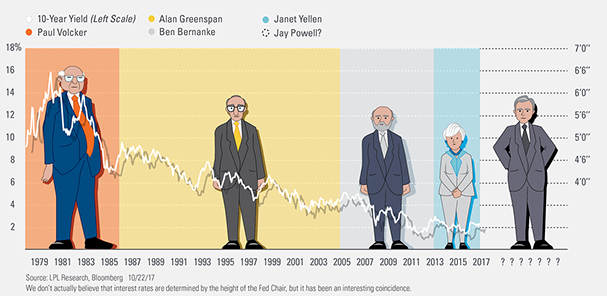2017/11/30 Commentary: The Art of the Disruption
© 2017 ROHR International, Inc. All International rights reserved.
Extended Trend Assessments reserved for Gold and Platinum Subscribers
Commentary: Thursday, November 30, 2017
The Art of the Disruption
 As noted in our November 16th Commentary: Trump Tax Tract addendum, the polarization of the US electorate is only matched by it fractionalization. That post also included graphs illustrating the degree of atomization of what used to be a bipolar electorate in the US. And that includes ranges of opinion even within what are now eight significant electoral and social voting blocs. This is why it is so hard for those with either moderate ideas or classical political strategies to drive the debate and legislative agenda. One current example in the US legislative agenda is next week’s funding deadline for the US government we will revisit shortly.
As noted in our November 16th Commentary: Trump Tax Tract addendum, the polarization of the US electorate is only matched by it fractionalization. That post also included graphs illustrating the degree of atomization of what used to be a bipolar electorate in the US. And that includes ranges of opinion even within what are now eight significant electoral and social voting blocs. This is why it is so hard for those with either moderate ideas or classical political strategies to drive the debate and legislative agenda. One current example in the US legislative agenda is next week’s funding deadline for the US government we will revisit shortly.
Yet it is first useful to consider how US President Trump, who is always promoting his talents at making deals, actually seems more comfortable with causing one degree of disruption or another. As opposed to his book title “The Art of the Deal”, his actual approach seems to more so be “The Art of the Disruption.” Which is not meant as a blanket criticism of disrupters. They serve very useful political and economic purposes at times. Yet once one is President of the United States of America it would seem the purely disruptive aspect might be less than constructive.
It is interesting in the first instance that Trump relies so heavily on this tactic, and (all of his bravado aside) what it possibly says about his confidence in the job he is doing. One thing that most folks can agree upon is that Trump has a pernicious reliance on his own (often less that effective) instincts. He also tends to not back down from positions even once they are demonstrated to be inadequate or overtly wrong.
The instance that is relevant now is his September 6th continuing budget resolution ‘deal’ with the Democrats. That agreed to spend the money without a formal budget to avoid a government shutdown, which is an expedient that has been used by both parties. And when the rare government shutdown happens, Republicans always get the blame. Yet with Republicans in charge of both houses of Congress and the White House they have more leverage now. But what did Trump do? Over the strident objections of the Republican’s more experienced negotiators, he folded like a cheap suit to Democratic leaders demand to only approve enough funding to last until early December…
Authorized Subscribers click ‘Read more…’ (below) to access balance of the discussion. Non-subscribers click the top menu Subscription Echelons & Fees tab to review options. As this is a ‘macro’ assessment, the Market Observations (lower section) remain the same as last weekend’s Weekend: Oddities and Anomalies? post that were updated Tuesday afternoon, and there is no Extended Trend Assessment in this post.





